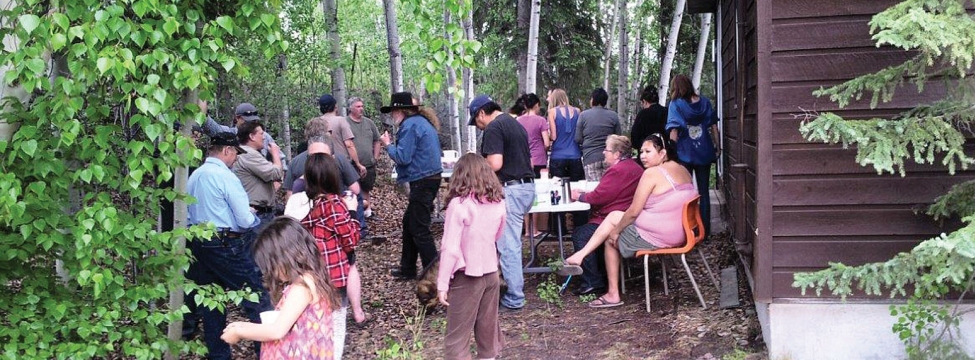To serve you better, our new website displays information specific to your location.
Please visit the site and bookmark it for future use.
Integrating teams
Most mining projects follow a typical pattern of evolution. The project begins with a scoping study, followed by a prefeasibility and a feasibility study before moving into detailed design. From an engineering perspective, this process has not changed significantly for decades, with the exception of adding a focus on environmental considerations at each level when these studies are completed to satisfy regulatory bodies, such as NI 43-101 or JORC.
From an environmental perspective, as mining companies began engaging environmental and social practitioners earlier in their project’s development, more and more project managers followed suit to satisfy the increasing regulatory requirements for environmental/social programs or for project approvals.
However, industry still seems to struggle with fully integrating the engineering studies and the environmental and social programs into a single project and project team. More often than not, we see two parallel programs running, one focused on engineering and one focused on environmental/social studies. If initiated at more or less the same time, these programs typically require the same length of time to complete; however, the initiation of the environmental/social programs are either delayed or lag engineering studies. As a result, there is often a delay in the project’s initiation while environmental programs are completed.
Combining these disciplines of often opposing focus into the same project team, with lots of interaction through regular project meetings, allows for a consistent level of attention to the appropriate areas of concern on both the engineering and the environmental/social aspects of the project. Significant changes to the project’s engineering occur throughout the engineering studies. Many of these changes have significant implications to current and planned environmental/social programs, or require additional studies to be completed. Inadequate or no input into these changes from the environmental/social practitioners can result in project delays at the end of the engineering process, while additional information is gathered to address any environmental or social implications the engineering changes call for.
One aspect that sets SRK apart from many of our competitors is the ability and, indeed the preference, to field a fully integrated team of engineers and environmental/social practitioners, thus eliminating the potential for tasks within one project being completed by multiple companies in isolation of each other. Having a fully integrated team saves valuable time in the overall project schedule and helps capture the appropriate level of environmental/social data necessary to support the project’s engineering and, ultimately, the regulatory requirements to advance to production.
Mark Liskowich: mliskowich@srk.com
|
You can download a PDF of the entire |
PDF A4
|
PDF Letter
|
|
|
|
Our newsletters focus on specific areas of interest to earth resource professionals and clients. Each is available as an Adobe Acrobat PDF file. If you don't already have Adobe's PDF reader, you can download it free.


